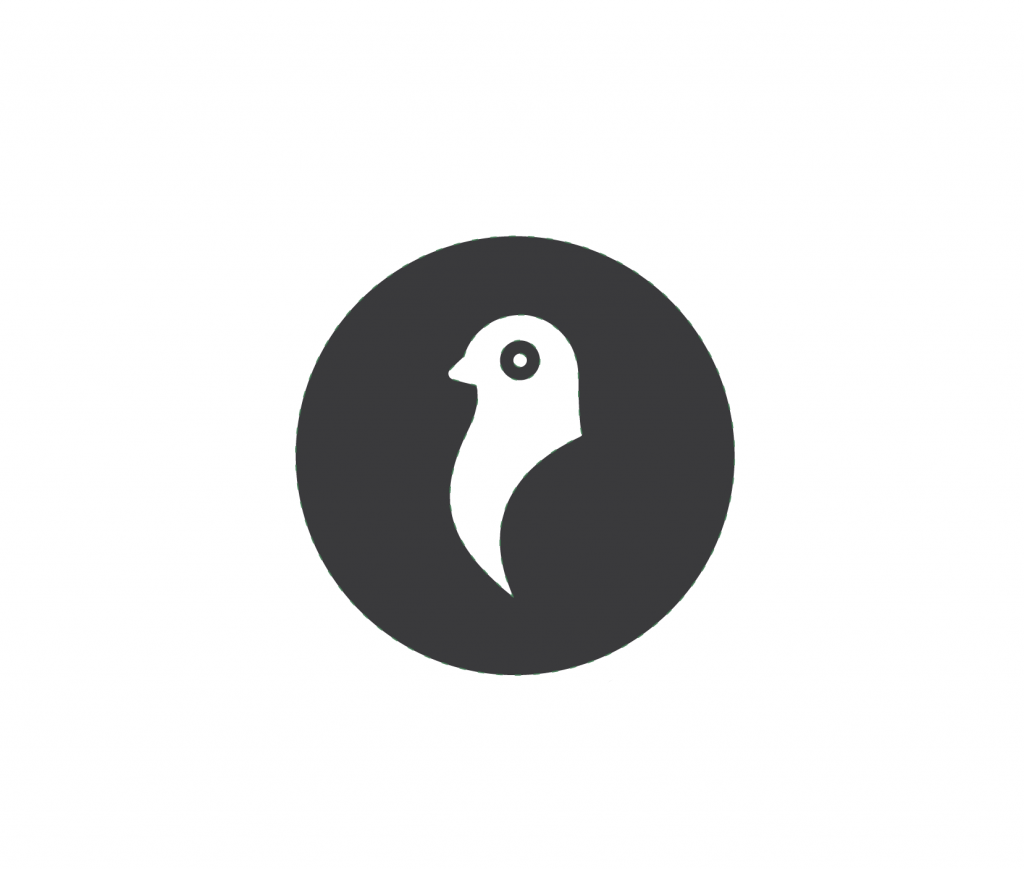In media arts theory, digitalism was researched in the sixties by the American media artist Randall Packer, who was dreaming of a new space that he called the Third Space. This space would represent the fusion of the physical (first space) and the remote (second space) into a networked place that can be inhabited by multiple remote users simultaneously or asynchronously (third space). The hybrid notion of blurring the real and the virtual is expanded in the third space through distributed presence, in which the participants of the third space are in distributed physical spaces referring to a shared electronic social space. The third space extends the notion of the real and the virtual by suggesting a hybrid space that allows remote participants to engage in social relations with one another at a distance.
Nowadays, any twitter account holder can share an image that could go viral, an artist can share digital art through live streaming. At the same time Russian artist Ekaterina Nenashava was arrested in Moscow for refusing to take off her VR headset. The potential for a third space is enormous.
Nevertheless we need to differentiate between social media platforms that are a distribution tool for digital arts and a medium for sharing knowledge; a genre that is developing to embrace all art forms. And because of its powerful flexibility, feasibility, accessibility and endless technological and scientific dimensions, we started witnessing a cross-sectorial artistic experimentation where for example performing arts are being merged with film on stage.
More importantly, audiences are becoming thirsty for light, sound, touch that stimulates their senses more intensely. Today’s challenge is how do we bring more valuable artistic content, more reflection and social engagement to a digital world dominated by Pokémon go?
Artists can do this by shaping innovative responses to current affairs. This is also where the new contemporary art platform Syria Sixth Space comes in. It offers three added fields of impact and influence.(1) Facilitating non-traditional dialogue via both physical and non-physical virtual social platforms; (2) Using the magical sphere of imagination and digital arts to break through conventional spaces inside cities and beyond. With their digital arts, artists will challenge the ethnic, religious, and linguistic diversity, the difficult access to Syria, and the scattered population of the diaspora; (3) And lastly by contriving new dimensions for thought that embraces freedom of expression, science, technology, innovation, creativity, flexibility, lightness, mobility, and the transformative force of digital arts. This all to QUESTION, RESEARCH, ENGAGE, EDUCATE, SHOWCASE, MOVE MASSES, CHANGE REALITIES. The aim for Syria Sixth Space is to bring more local harmony to “the community” and to stimulate a shift on global arts movements.
[highlight ] KASHASH is a project presented during Dancing on the Edge Festival 2017. Click here for more info and tickets [/highlight]
